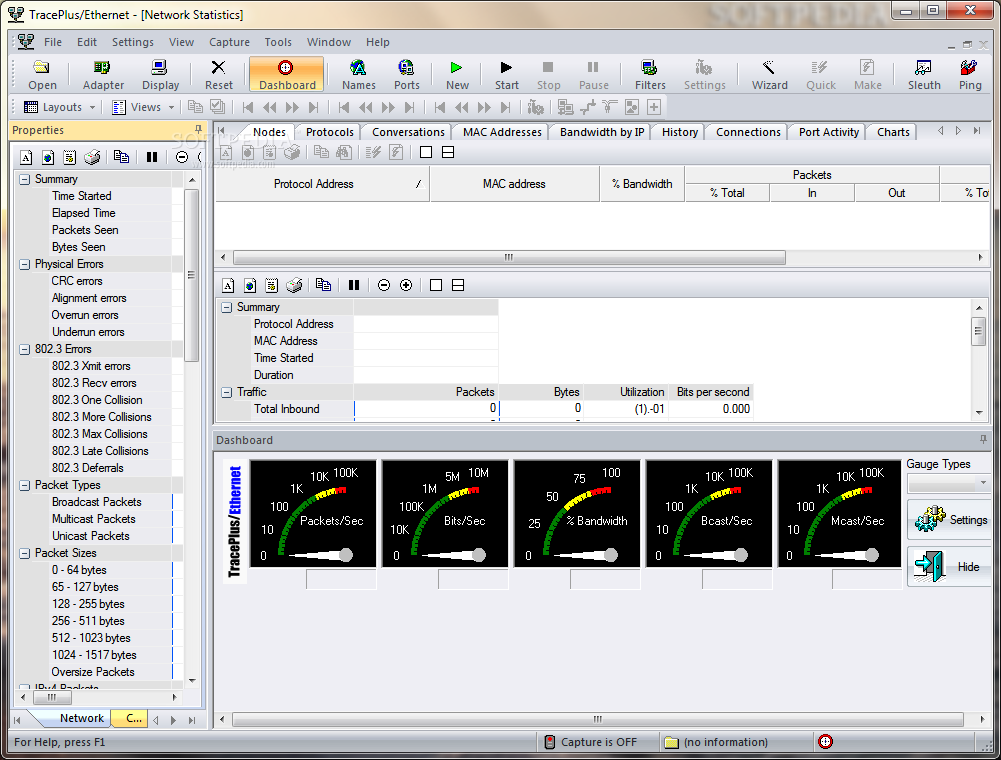
Gfi Languard 11 1 Keygen Cracks
Showing 20 out of 33 results (page 1 of 2 ). GLENWOOD SPRINGS, CO 81601. Distance: 47 mi. Featured Ads. Friday January 11th (7pm-10pm)LIVE MUSIC:ROWDY COUNTRY COMBOBluegrass and Country band on tour from. Gfi Languard 11 2 Keygen Torrent. Gfi Languard 11 2 Keygen Torrent.
GFI Languard 2014 This is the full cracked version of the software. Download, extract, install, enjoy. Inside the archive there is 'crack' folder wich contains everything you need to crack the software. Download link: Patch management: Fix vulnerabilities before an attack Patch management is vital to your business. Company original broadway cast rarbg. The passion of gengoroh tagame. Network security breaches are most commonly caused by missing network patches.
GFI LanGuard scans and detects network vulnerabilities before they are exposed, reducing the time required to patch machines on your network. GFI LanGuard patches Microsoft ®, Mac® OS X®, Linux® and more than 50 third-party operating systems and applications, and deploys both security and non-security patches. Vulnerability assessment: Discover security threats early Vulnerability assessment: Discover security threats early More than 50,000 vulnerability assessments are carried out across your networks, including virtual environments. GFI LanGuard scans your operating systems, virtual environments and installed applications through vulnerability check databases such as OVAL and SANS Top 20. GFI LanGuard enables you to analyze the state of your network security, identify risks to the network, determine its degree of exposure, and address how to take action before it is compromised.

Network auditing: Analyze your network centrally Network auditing: Analyze your network centrally GFI LanGuard provides a detailed analysis of the state of your network. This includes applications or default configurations posing a security risk. GFI LanGuard also gives you a complete picture of installed applications; hardware on your network; mobile devices that connect to the Exchange servers; the state of security applications (antivirus, anti-spam, firewalls, etc.); open ports; and any existing shares and services running on your machines.